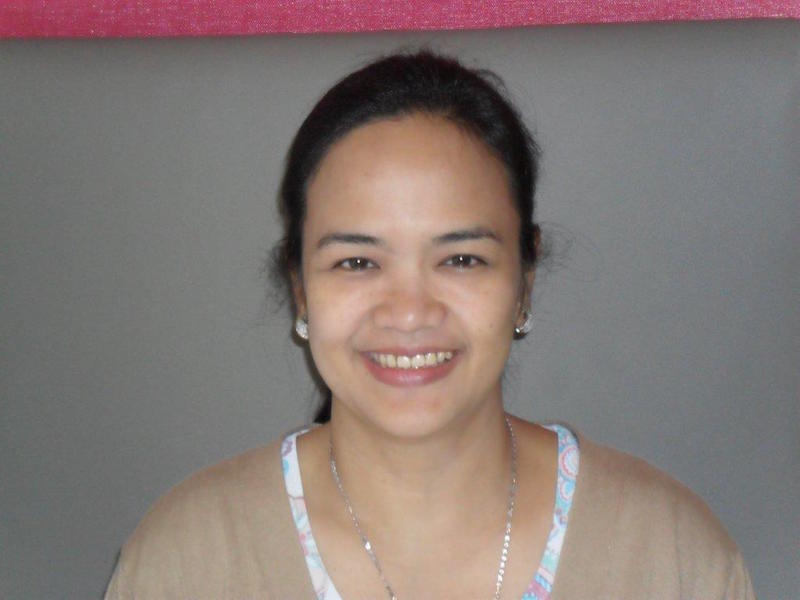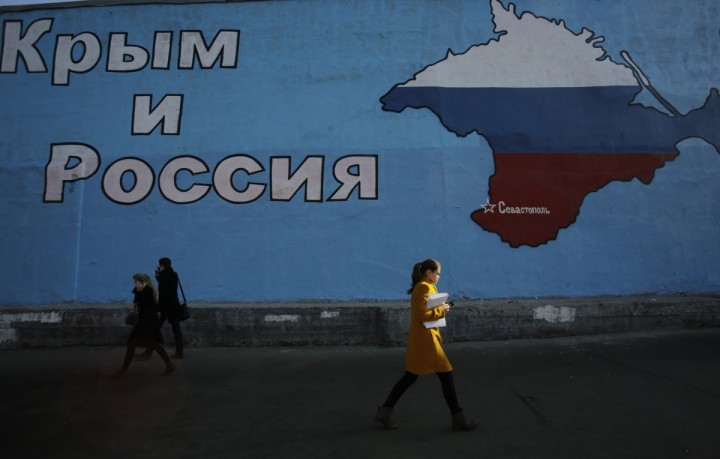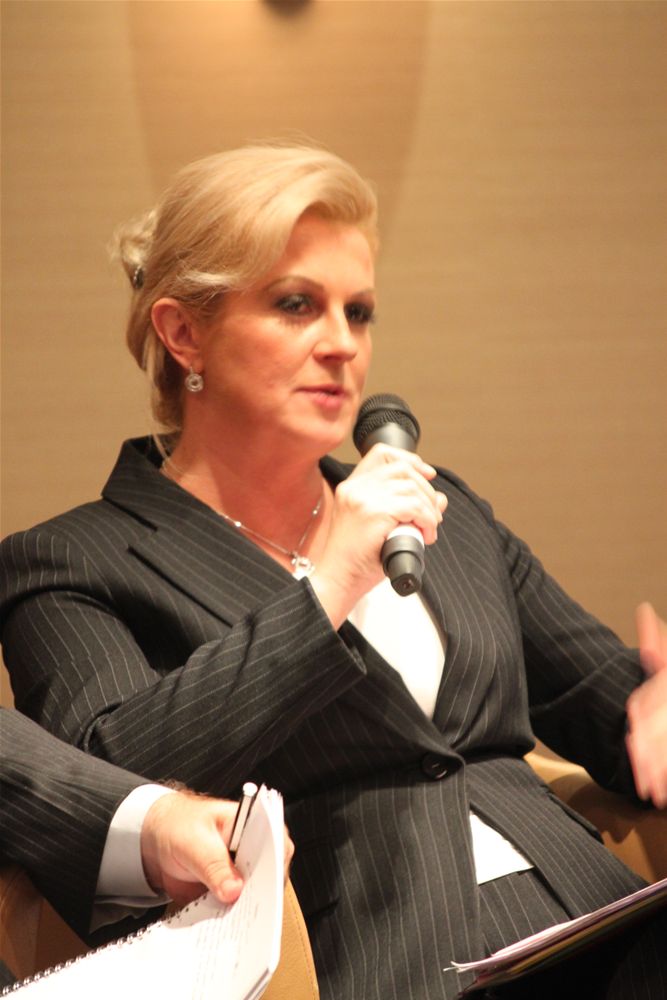1. Among the most often neglected right in conflict zones is a child’s right to education. There is a tendency for this right to be pushed down on the list of priorities particularly when dealing with situations of armed conflict. What would you say is the strongest argument in favour of bringing education higher up on the priority list both during and after a crisis?
Crisis and armed conflict often lead to a breakdown in the family, community and government support systems bringing chaos and disarray in the lives of affected population leaving many of them vulnerable, susceptible, feeling powerless and having no sense of control over their lives. The last is important as perhaps the deepest need people have is for a sense of control, of having the capacity to deal with the situation. If people are in control of their lives and environment, then they have a far better chance of survival.
Education, in this context is important and urgent as it helps bring stability, normality and routine into affected populations’ lives. It helps bring back order into their lives. It also provides them with life-saving and critical information that can help them better understand and make sense of what is happening around them →information that will educate and empower them to take control over their lives once again. Education can also serve as a channel for accessing other important services such as health and protection services.
Education also provides physical protection from sexual, physical, economic exploitation and from being recruited as combatants as children/youth as children/youth are gathered together in a safe place. Likewise, it offers a safe place for children to make sense of what’s happening around them and help them socialize and share experiences with others who are similarly affected. Emerging evidence also shows that for the majority of children and youth affected by conflict or disaster, school routines improve mental health and resilience. Finally, education has the potential to act as a powerful force for peace, reconciliation and conflict prevention. An inclusive education system, in particular can foster mutual understanding, tolerance and respect and progressively pave the way for a peaceful society.
Viewed in this sense, education is not only important, it is also urgent in the context of crisis and conflict.
2. In many regions, armed groups intentionally target schools, teachers, and students. How can teachers continue to teach in these situations? What options are available to children?
Under this situation, there are very limited formal school options for education to be resumed as teachers and students are in danger of being hurt or killed while attending classes in schools. Schools are easy targets because they are mostly everywhere and they represent “governments” which are oftentimes, party to the conflict.
Some options available for children in this situation are community-based education, accelerated learning programs, non-formal education, distance learning and other alternative modalities of education that can be delivered outside of schools, using technology, and in homes, community centers, camps or any safe and accessible areas.
Accelerated learning programs which generally offer compressed courses, are flexible and accessible, address multiple barriers confronting children/youth in crisis and armed conflict. In general, community-based schools and education programs that are owned and driven by communities fare much better in situations of armed conflict as they are usually situated in areas vouchsafed by community leaders and members. A teacher is often identified from community and supported by local committees.
Another option is education classes delivered through radio, television or other multi-media platforms. One other option is distance learning where students use self-instructional modules to manage their own learning. Students develop their own learning program and schedules; learn on their own using modules and only come to school for major assessments such as end of year exams. The system is flexible and allows students to finish courses at their own time. One last option I can think of is the use of mobile phone teaching and learning platforms and other distance learning innovations that are particularly relevant to highly mobile, hard-to-reach populations affected by conflict and crisis.
Biography
Fe Nogra-Abog is currently working as Education Advisor at Plan Canada. She provides technical advice and support to a number of Plan country offices in Asia and Africa in the areas of early childhood development, quality and learning, and education in emergency. Prior to joining Plan, Fe worked for UNICEF as Education Specialist for 19 years. She has extensive experience in emergency programming and has led a number of emergency response and rehabilitation missions, mostly in the Philippines and East Asia. She has served as resource person in various EiE international fora and has worked with governments and civil society partners in developing and enhancing gender-responsive and age-appropriate education in emergency programs. She has advocated for the development of gender- informed EiE indicators, standards and tools and has helped design interventions that alleviate the burdens of women and girls affected by disasters, while at the same time providing educational opportunities for them to build personal and social assets to become more resilient post-disaster.
Photo: Fe Nogra Abog provided by Plan International Canada.
Disclaimer: Any views or opinions expressed in articles are solely those of the authors and do not necessarily represent the views of the NATO Association of Canada.




